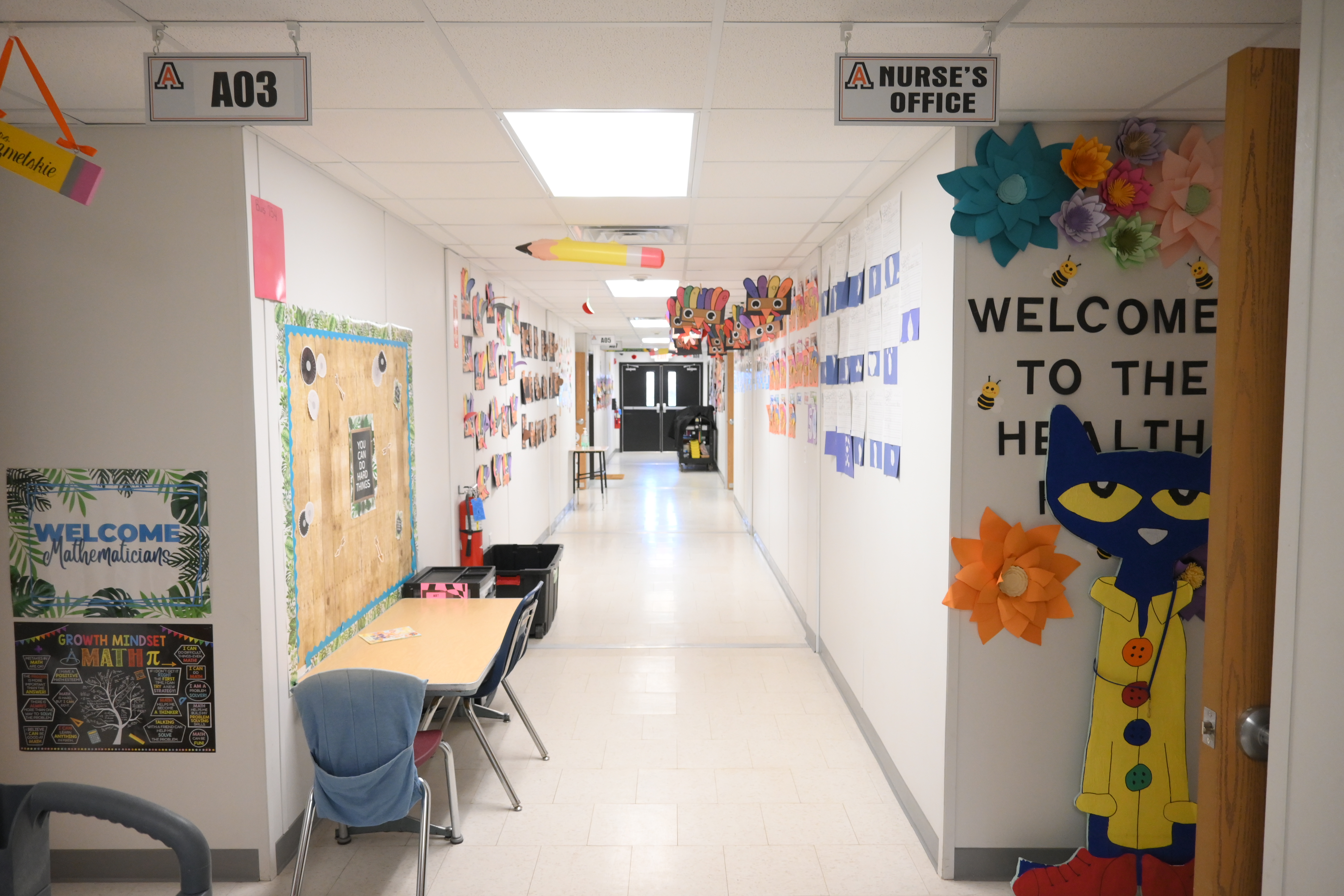Dispelling Modular Classroom Myths Within Your Community

If you represent a public, private or charter school looking to address student population growth through the use of modular classrooms, either temporarily or permanently, you’re certainly not alone. The National Center for Educational Statistics reports that 31% of surveyed schools have used temporary, portable classrooms. Additionally, the Modular Building Institute reports that the educational market makes up 26% of the permanent modular market.
But spurred on by reports of inferior mobile classrooms of the past, many parents in the community may be resistant to your district’s plans of implementing modular classrooms on your school’s campus.
To help calm their fears, we’re providing information you can use to address some of the common modular classroom myths that your community might hold as true.
Air Quality Leads to Unhealthy Kids
The most publicized disadvantage of modular classrooms of the past is trouble with indoor air quality, triggering allergies and asthma in students and teachers. Additionally, reports surfaced of ventilation troubles triggered by teachers turning off HVAC systems due to noise levels. You may hear kick-back from the community about modular classrooms and health concerns.
To combat this modular classroom myth, you can share respected, third-party reports that show how modular educational spaces have become more energy-efficient and healthier for their occupants over the generations. The Northwest Portable Classroom Project run by Washington State University found that portable classrooms built in 1993 were 44% more energy-efficient than models built 25 years before. The project also showed that modular classrooms built in 2000 were 20% more energy-efficient than those built just seven years prior.
Additionally, the California Air Resources Board and the California Department of Health Services released a comprehensive study on indoor air quality in relocatable classrooms in 2004. At nearly 350 schools, the teams selected three teachers, two from modular classrooms and one from a traditional classroom, to complete a detailed questionnaire about their classroom. Air samples were also taken from two-thirds of the schools.

These key findings were reported:
- Both portable and traditional classrooms were found to have some environmental conditions that need improvement. However, the most serious problems occurred only in a small percent of classrooms.
- Improved operation and maintenance would go a long way to address many of the problems identified.
- Relocatable classrooms have always met or exceeded the state construction codes in effect at the time of approval. Additionally, they comply with ASHRAE standards for temperature control
- Sixty percent of teachers in portables indicated they turn off ventilation systems at times due to excess noise. Overall, the HVAC systems delivered adequate outdoor air and total airflows when operated properly, so design capacity did not appear to be a common problem in this study.
While they cost a little more, roof mounted or pad mounted HVAC units may be an option to reduce system noise and keep a healthy air quality.
Modular Classrooms Are Not Structurally Sound
The community may have read articles about schools using outdated modular buildings that suffered from old roofs, sagging floors, and generally poor construction. This can raise suspicion with parents and teachers that the modular classrooms brought onto their campus won’t be structurally sound.
Dispelling this modular classroom myth is easy because modular buildings are subjected to the same inspections and meet the same building codes as traditionally constructed buildings. They are built to International Building Code (IBC) for educational buildings, the same as traditional on-site construction projects. In addition, they must undergo and pass state and local inspections.

An added benefit of modular classrooms is that they are constructed in a factory setting. Building within this process, they undergo rigorous quality control inspections and testing throughout each step of construction.
When modular classrooms are properly maintained and undergo a few capital improvements, they can be in service for over 20 years. While it’s tempting for schools to maximize their budget by utilizing used classrooms that are 15+ years old, facilities that are built prior to 1990 do not meet the same requirements of energy efficiency, noise reduction, or durability as newer models. It’s actually recommended that schools have a plan to “phase out” modular classrooms that have been in service for over 20 years.
Will My Children Be Safe in a Modular Classroom?
In recent years the safety of children in their school environment is a growing concern. Most schools have implemented strict codes for who has access to the school building and have amped up their security measures. Parents may have concerns with their students learning in a free-standing building that is not attached to the safety of the main building.
It’s valuable for parents to understand the security options that can be added to modular classrooms. Keycard access, access-controlled entryways, and safety glass, as well as surveillance systems, are available add-ons that districts can add to their classroom to ensure student safety.
Can Students Access the Internet in a Portable Classroom?
Concern that their children will be learning in an inferior environment may also be top of mind with parents. They believe that these students won’t have access to all of the technology that students in mainstream classrooms have available to them.
This modular classroom myth can be easily corrected by showing all of the technological upgrades that can be incorporated into your district’s new temporary or permanent modular classrooms. Today’s modular classrooms are designed to be tech-ready. They can be wired for the same high-speed data connectivity and include the same smart boards, projectors, or charging stations that classrooms in the main academic buildings provide.
Ready to solve your space needs?
Modular buildings are the way to go. Request a quote or contact us today to get the conversation started. We’d love to talk to you about how modular can meet — and exceed — your needs.



.JPG?width=5568&height=3712&ext=.jpg)




